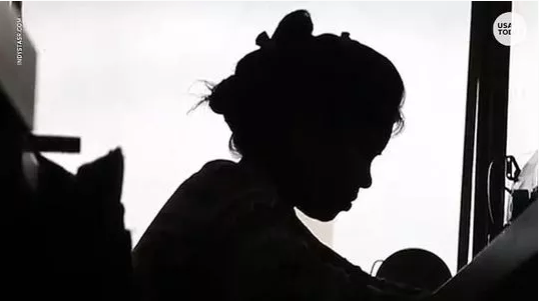
IndyStar columnist Tim Swarens spent more than a year investigating lucrative business where abused children are bought and sold. This is the first of 10 columns in the EXPLOITED series, which explores the cultural and economic forces that contribute to commercial sexual exploitation.
On the day she met Marcus Thompson, the girl later told the FBI, she had been ready to leap from a bridge to end her life.
She was only 15, pregnant and alone on the streets.
And in this wounded child, Thompson saw a means to make money. He promised that if she left her small Illinois town with him, he would make her a model. Grasping for hope, she climbed into his truck.
But the promise was a lie.
Instead, in the summer of 2015, Thompson and his wife, Robin, forced the girl on a nightmarish six-week trek across the southern United States. Photographed in suggestive poses and marketed online, she was sold out of hotel rooms and truck stops to any man with the money and the desire to buy sex.
The justice system eventually would work well in this case in several respects. The victim was rescued and provided with treatment. The traffickers who exploited her were caught, pleaded guilty and were sent to prison.
But what of the men who paid to rape this child? What consequences did they suffer?
Not a single one was ever charged.
That same breach of justice is the norm in thousands of trafficking cases. About 10,000 children a year suffer the horrors of commercial sexual exploitation in the United States. Each victim on average is forced to have sex more than five times a day.
Yet the buyers who fuel the child sex trade are seldom held accountable. Most just blend back into their families, jobs and neighborhoods. Until the next time.
Read the entire article »


